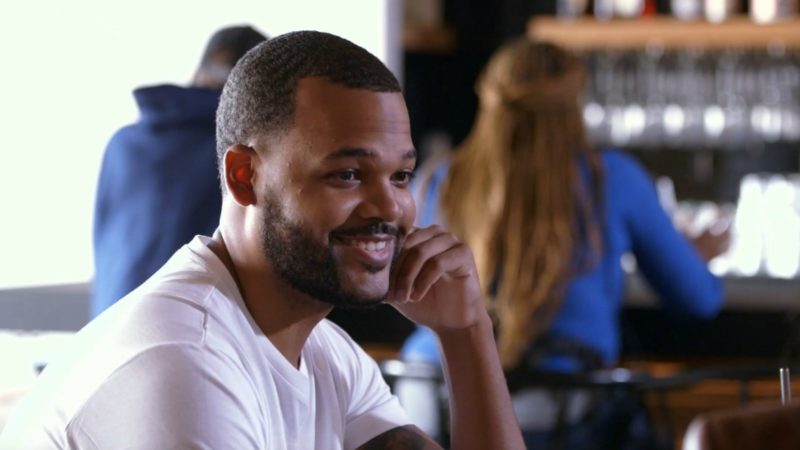

It’s the moment when Nate Dogg, after appearances on Dr. While never released as a standalone single, “Ain’t No Fun” became a staple of California mix shows soon after Snoop Dogg’s Doggystyle dropped. As Imani raps, “And I was born not to understand by letting her pass, I proved to be the better man.” - M.R. It’s a remarkable track for an era when men boasted about their ability to accost women or do even worse. On “Passin’ Me By,” which broke them nationally, the four contemplate unrequited attraction with pathos, rhyming over Jay Swift’s crunchy, organ-infused sample from Quincy Jones’ “Summer in the City.” Only Tre’ promises to press up - “Although she’s crazy stepping, I try to stop her stride,” he promises - while the others resign themselves to heartbreak. (Incidentally, both mention guns, the former with more humor than the other.) South Central quartet Slim Kid Tré, Romye, Imani, and Fatlip presented as freewheeling, blunted, and slightly antic youth deeply immersed in hip-hop culture and unafraid to show vulnerability.

Dre’s The Chronic, and the two serve as funhouse mirror images for L.A. The Pharcyde’s debut album, BizarreRideIIThePharcyde, was released weeks before Dr. It’s made with the knowledge that the future may well uncover a different portrait. As the region evolves and acclimates to changing tastes in the music industry, our 100 Greatest West Coast Hip-Hop Songs stands as a snapshot of the scene’s important landmarks. “It’s made music more of a gumbo effect.… When you have everything accessible to you, you’re kinda all over the place.” Yet that’s part of the history, too. “The internet made it possible for anybody to put their music up and think they’re a professional,” he says. However, Mike wonders what West Coast hip-hop means now in the age of the internet. We did that with all the West Coast legends,” he says. “It’s like going and sitting with your senseis that did it before you and getting the blessing. Dre, and DJ Quik as well as engineers who worked on those sessions. Mike says that when Nipsey Hussle began work on the Grammy-nominated Victory Lap, he connected with numerous OG producers, including the late Digital Underground figurehead Shock G, Dr. “We were inspired by them using funk samples with hip-hop drums.” “West Coast hip-hop is the inspiration that me and my partner Keys used to make Nipsey’s album Victory Lap, because we were inspired by Dr. Dre, Nipsey Hustle, Dom Kennedy, Xzibit, and Saweetie. They have worked with many of the artists who appear here, including Dr. Our expert eyeballer for the 100 Greatest West Coast Hip-Hop Songs is Mike Cox of the L.A. After compiling the initial list, we thought it would be nice to get an insider’s opinion. The list was compiled by our editors and a team of critics headed up by Bay Area writer and longtime RS contributor Mosi Reeves. Even then, we struggled to include everyone who matters.

Instead, we chose to go broad, sticking to one main artist’s song apiece, with few exceptions. We could dedicate half of the list to the N.W.A family tree alone, a lineage that stretches from the World Class Wreckin’ Cru to Kendrick Lamar. From the electro era to mobb music, turntablism, hyphy, and more, it has produced so many standout artists, micro-scenes, one-hit wonders, and multi-genre fusions that it proved impossible to fit them all into a single, 100-song list. In four-plus decades, the West Coast scene has blossomed with musical variety, not only in Los Angeles and the Bay Area but also Sacramento, Phoenix, Seattle, and other cities across the region. “Rapping is just something you pick up in the ghetto.” Rap Brown in the Sixties, most of rap is nothing more than straight-up Black bravado,” wrote Ice-T in his book The Ice Opinion. There’s plenty of evidence that rap developed long before the Sugarhill Gang’s “Rapper’s Delight” brought New York hip-hop to the world. However, the tale could start much earlier. The label’s first release was “The Gigolo Rapp,” a nine-minute party platter that featured Disco Daddy and Captain Rapp rocking over an interpolation of Rick James’ “Give It to Me.” That same year, Oakland entrepreneur and soul singer Mickey “Mo” Moore released “Super Rat,” by Motorcycle Mike and the Rat Trap Band on Hodisk Records. That’s when producer, songwriter, and industry veteran Duffy Hooks III formed Rappers Rapp Disco Co. Our story of West Coast hip-hop music begins in 1981.

GROWING UP HIP HOP SERIES
To celebrate the music’s 50th anniversary, “Rolling Stone” will be publishing a series of features, historical pieces, op-eds, and lists throughout this year. Hip-hop was born in the Bronx in the summer of 1973.


 0 kommentar(er)
0 kommentar(er)
